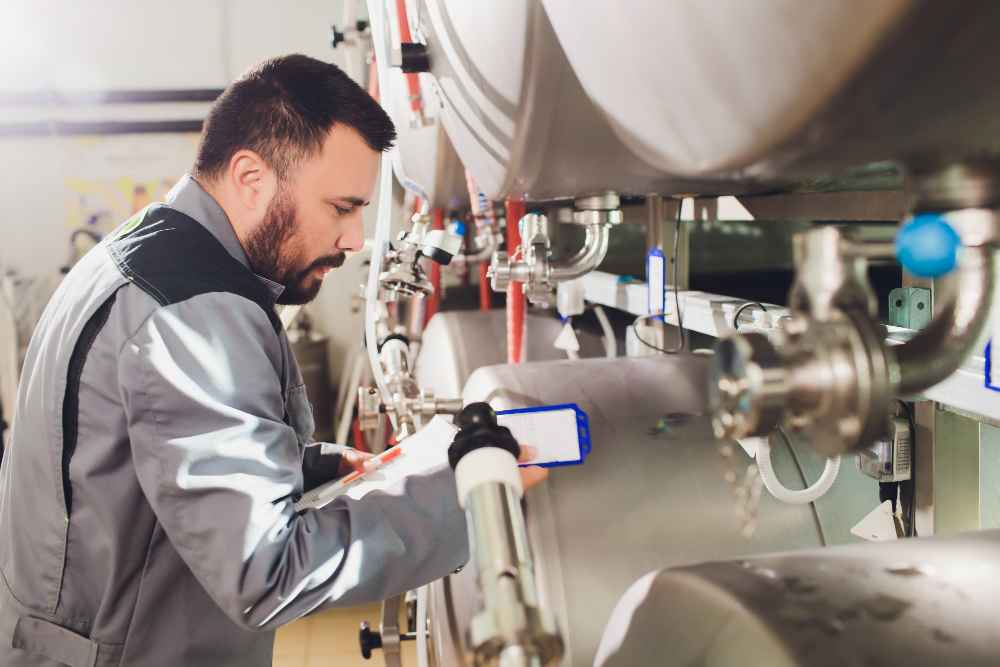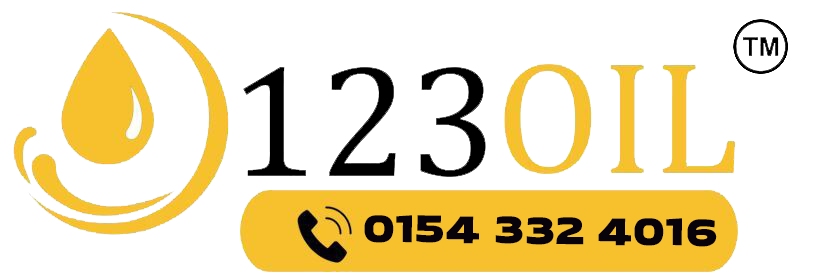The quickest way to check your heating oil level is by using your tank’s built-in gauge. If you don’t have one, you can dip a stick (dipstick method) into the tank to measure the remaining fuel. For more accuracy and convenience, many UK households now use electronic or smart monitoring systems that track levels in real-time.
Running out of heating oil can be stressful, especially in the colder months, so knowing the best way to check your fuel level helps you stay prepared and avoid emergencies. In this guide, we’ll explain the different methods — from manual checks to advanced smart monitors.
Manual Dipstick Method
The dipstick method is the most basic way to measure heating oil in your tank. Here’s how:
- Take a long stick (dipstick) and slowly insert it into the tank until it reaches the bottom.
- Pull it back out and check how much of the stick is covered in oil.
- Compare this measurement with your tank’s capacity to estimate the remaining fuel.
Best for: Older tanks without gauges.
Tank Gauge (Float Gauge)
Most modern oil tanks come with a float gauge — a small device on the top of the tank with a clear dial. The needle usually points to “F” (full), “½”, or “E” (empty). While not 100% precise, it gives a good indication of how much oil is left.
Tip: Always reorder when the gauge shows around ¼ full to avoid running out.
Electronic Oil Tank Gauge
An electronic heating oil gauge uses sensors to measure the oil inside your tank. It sends data to a digital display in your home or via a mobile app, so you can track levels without opening the tank.
Benefits: More accurate than manual methods, easy to read, and convenient.
Smart Oil Tank Monitoring Systems
For ultimate accuracy and convenience, smart monitoring systems connect to your Wi-Fi and allow you to check heating oil levels in real time from your phone. Some even send alerts when the level is low or when unusual consumption is detected.
Most domestic heating oil tanks in the UK hold between 500 and 2,500 litres. When using the dipstick or float gauge method, always compare your measurement to your tank’s capacity to estimate how much fuel you have left.
Best for: Busy households, commercial sites, or anyone who wants peace of mind.
Why Checking Your Heating Oil Matters
- Avoid emergencies: Running out of fuel means no heating or hot water.
- Save money: Monitoring levels helps you order oil at the best price rather than in a panic.
- Protect your tank: Low levels can stir up sludge at the bottom of the tank, causing blockages.
- Plan deliveries: Helps you book standard delivery instead of paying extra for emergency refills.

FAQs – Checking Heating Oil Levels in the UK
How do I know if my heating oil tank is empty?
If your boiler stops working or the gauge shows close to empty, your tank may have run out. However, sludge at the bottom can also cause blockages before the tank is fully empty.
What’s the most accurate way to measure heating oil?
Smart monitoring systems are the most accurate, as they provide real-time digital readings and alerts. Manual dipsticks and float gauges give good estimates but can be less precise.
Can I check my heating oil level without a gauge?
Yes, you can use the dipstick method. Insert a clean, long stick into the tank until it touches the bottom, then check the oil mark against the tank’s size.
When should I reorder heating oil?
It’s best to reorder when your tank is around ¼ full. This avoids emergencies and allows you to shop for the best prices.
Final Thoughts
Checking your heating oil level doesn’t have to be complicated — whether you use a dipstick, float gauge, or smart monitoring system, staying on top of your fuel ensures comfort and efficiency.
At 123 Oil, we make heating oil management easier with services like fuel monitoring, tank inspection, cleaning, and emergency delivery. With our nationwide coverage and 24-hour support, you’ll never be left in the cold. Contact us today to schedule your next oil delivery or tank service.










